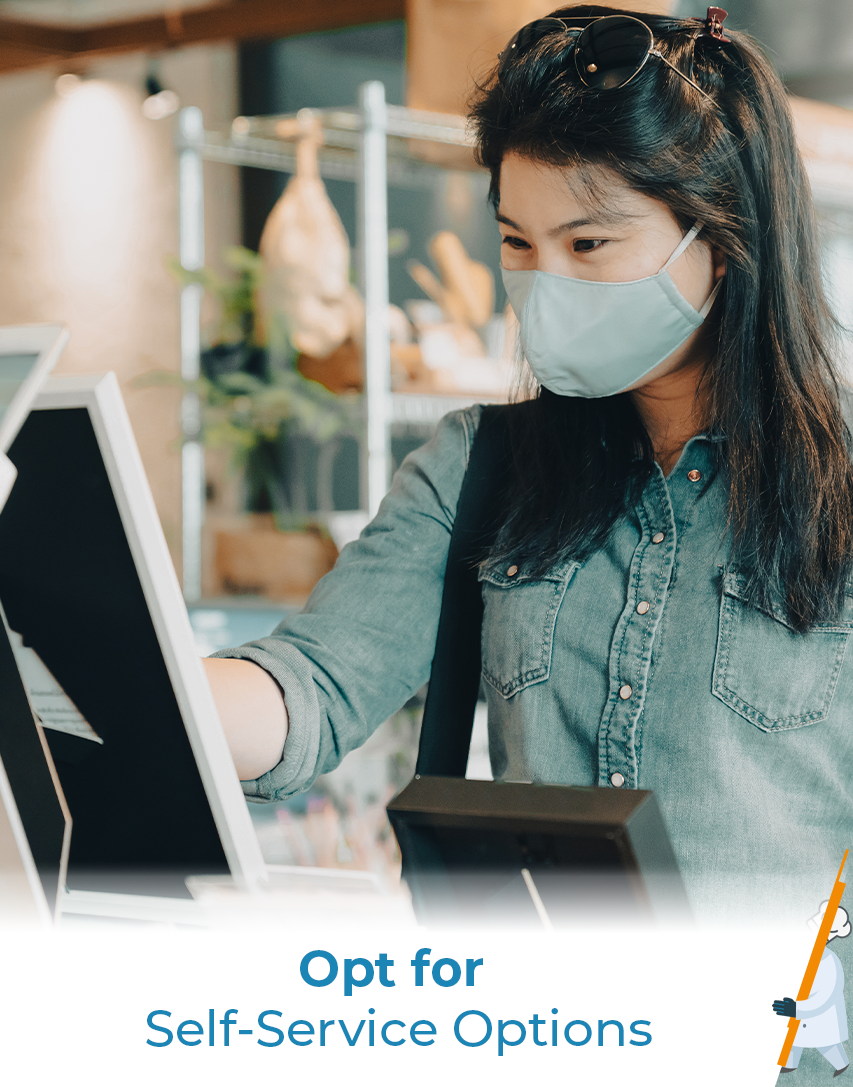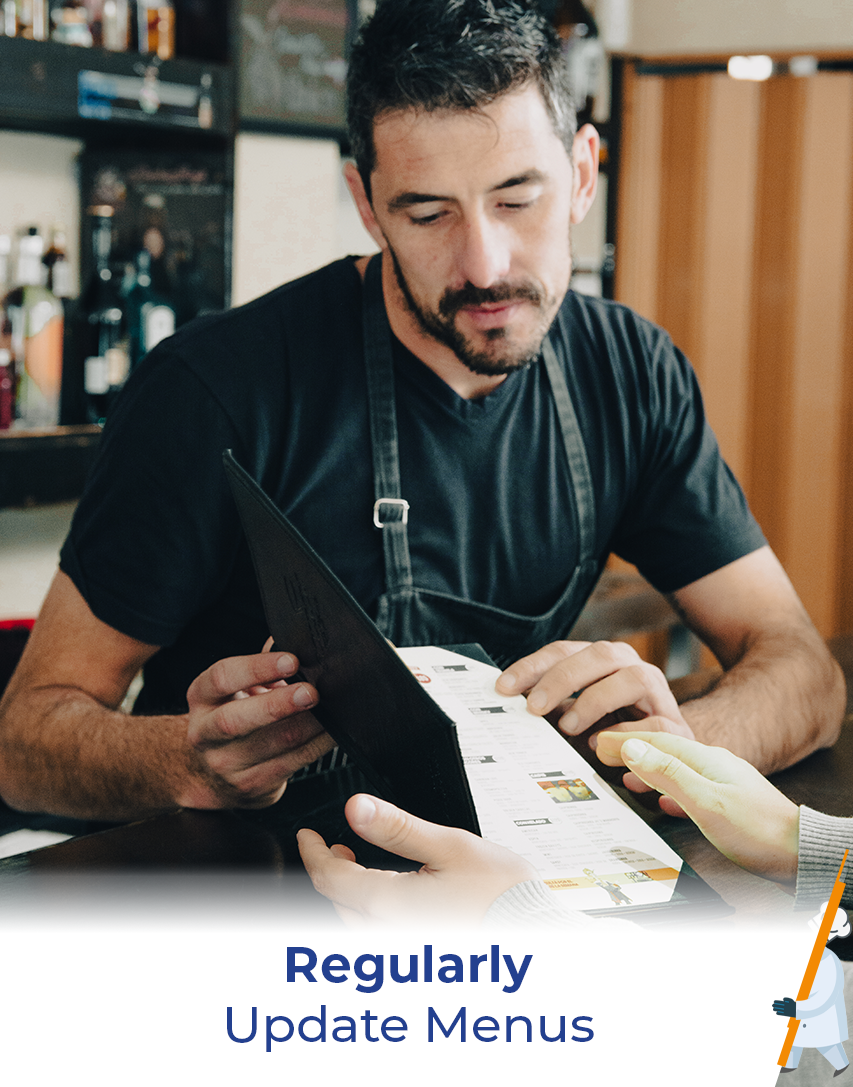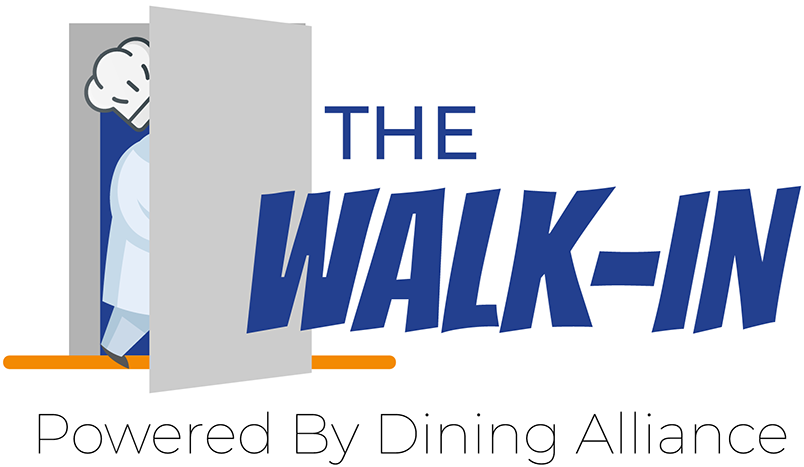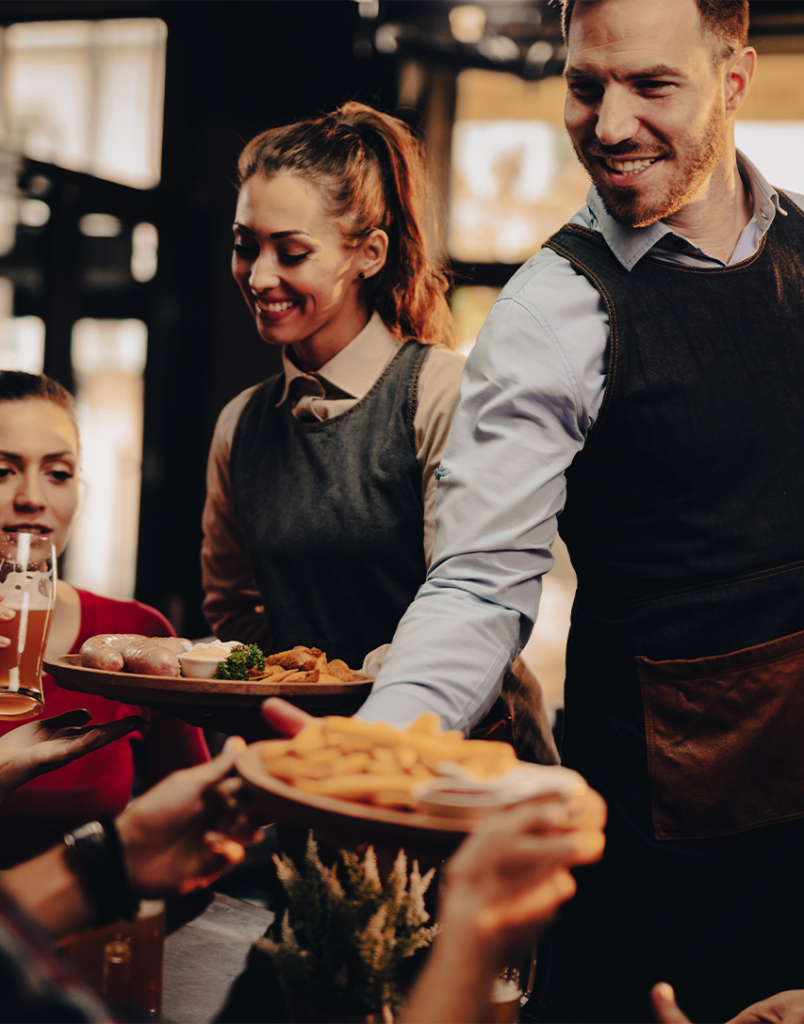The front of house serves as the gateway to an exceptional dining experience, and mastering its intricacies is key to creating a welcoming and efficient environment for both guests and staff.
What is a restaurant front-of-house?
The restaurant front-of-house refers to the areas of a restaurant that are directly visible and accessible to customers. It encompasses all the elements and activities that involve customer interaction, from the moment they enter the establishment until they leave. The front-of-house typically includes spaces such as the entrance, host/hostess station, dining area, bar, and any other areas where customers are served or attended to.
The front-of-house is where customers experience the restaurant’s ambiance, receive service from the staff, and enjoy their meals. It plays a vital role in shaping the overall dining experience, as it sets the tone, creates a welcoming atmosphere, and ensures customer satisfaction. The front-of-house staff, including hosts, servers, bartenders, and managers, are responsible for providing excellent customer service, taking orders, delivering food and beverages, managing reservations, and addressing any customer needs or concerns.
Efficient front-of-house operations are crucial for the success of any restaurant. The front-of-house team directly interacts with customers, manages reservations, ensures smooth table turnovers, and delivers exceptional service. By optimizing these operations, restaurants can create a positive dining experience, increase customer satisfaction, and ultimately boost their bottom line.
Why is it important to optimize my restaurant front-of-house?
Optimizing a restaurant front of house is crucial for several reasons:
Enhanced Customer Experience: A well-optimized front of house creates a positive and seamless experience for customers. It ensures efficient seating, minimizes wait times, and improves customer flow, allowing guests to feel welcomed, comfortable, and attended to. A smooth and enjoyable dining experience encourages customer satisfaction, repeat visits, and positive word-of-mouth recommendations.
Increased Revenue Potential: An optimized front of house can directly impact a restaurant’s revenue. By maximizing seating capacity, effectively managing reservations and waitlists, and streamlining operations, restaurants can serve more customers and increase table turnover. This, in turn, leads to higher sales and revenue generation, ultimately contributing to the business’s financial success.
Positive Brand Image: The front of house serves as a reflection of a restaurant’s brand and identity. By optimizing its design, ambiance, and service, a restaurant can establish a consistent and memorable brand image. This not only attracts the target audience but also helps differentiate the establishment from competitors, fostering customer loyalty and long-term success.
Efficient Staff Operations: An optimized front of house facilitates smooth communication and coordination among staff members. Clear procedures, well-defined roles, and effective training enable the front-of-house team to work cohesively, resulting in improved service quality, reduced errors, and enhanced productivity. A well-functioning team ensures that guests receive prompt and attentive service, creating a positive impression of the restaurant.
Adaptability to Customer Needs: Optimizing the front of house allows a restaurant to adapt to changing customer preferences and needs. By staying attuned to customer feedback, tracking trends, and implementing innovative solutions, the front of house can evolve to meet evolving expectations. Whether it’s implementing technology for reservations or accommodating dietary restrictions, an optimized front of house shows that the restaurant is attentive to customer demands, fostering loyalty and attracting new patrons.
Tips to optimize your restaurant front-of-house operations:

Ensure your staff receives thorough training on customer service, order taking, table management, and POS systems. Well-trained staff can handle tasks quickly and provide excellent service.

Implement a robust reservation system to effectively manage table assignments and waitlists. Use technology to track table availability and turntables efficiently to minimize wait times.

Design your restaurant floor layout in a way that maximizes seating capacity and flow. Consider factors like table spacing, aisle width, and easy access to service areas to improve efficiency.

Use data from your reservation system and historical trends to create optimized staff schedules. Ensure adequate staffing levels during peak hours and adjust staffing during slower periods to avoid unnecessary labor costs.

Implement effective communication systems to connect front-of-house staff, including servers, hosts, and management. This can be achieved through messaging apps, headsets, or well-placed communication stations.

Equip servers with handheld devices or tablets for order taking, bill processing, and payment. This eliminates the need for manual order transcriptions, reducing errors and speeding up service.

Organize service stations strategically, ensuring easy access to necessary supplies, such as cutlery, condiments, and order pads. This minimizes server movement and saves time during service.

Introduce self-service options like self-ordering kiosks or mobile ordering apps to streamline the ordering process, reduce wait times, and provide customers with greater control over their dining experience.

Keep your menus concise, relevant, and regularly updated. By doing so, you can reduce customer decision time and help servers suggest popular or profitable items, improving order turnaround.

Regularly seek feedback from customers about their experience at your restaurant. This can be done through comment cards, online surveys, or even in-person conversations. Analyze the feedback and make necessary improvements to enhance operations.
Remember, each restaurant is unique, so these tips may need to be adapted to suit your specific needs and circumstances. Regularly evaluate your front-of-house operations to identify areas for improvement and implement changes accordingly.
In recent years, technological advancements have further influenced the front-of-house operations. Digital reservation systems, table management software, and handheld devices for order taking and payment processing have streamlined processes and improved efficiency. Additionally, the integration of self-service options and personalized dining experiences has transformed the front-of-house dynamics.
An efficiently optimized front-of-house (FOH) sets the foundation for a thriving restaurant. From greeting and seating customers to taking orders, delivering food, and addressing any concerns, the front-of-house staff is responsible for creating a welcoming atmosphere and providing excellent service. As the restaurant industry continues to evolve, the front-of-house will likely adapt to changing customer preferences and technological advancements to deliver exceptional dining experiences.








